 The NASA satellite dedicated to studying high energy radiation in the universe and relying on fundamental Italian participation, with the involvement of the National Institute for Nuclear Physics (INFN), the Italian Space Agency (ASI) and the National Institute of Astrophysics (INAF), has been awarded, for the fourth time, the Bruno Rossi Prize of the High Energy Astrophysics Division. The announcement was made during the annual congress of the American Astronomical Society (AAS), which has just ended. The Bruno Rossi Prize is the highest award in the field of high energy astrophysics and is given as acknowledgement of an achieved result of great importance, with special reference to the latest and most original research. The 2018 edition of the Prize went to Colleen Wilson-Hodge of the Fermi-GBM team, for “the discovery of gamma ray emission coinciding with the gravitational waves produced by coalescence of neutron stars. This means that the phenomenon can be confirmed, but also that a worldwide multi-messenger observational campaign can be launched”. This award for the Fermi mission, which also celebrates its tenth anniversary this year, brings its collection to four Bruno Rossi prizes. The three previous prizes were acknowledgements of results achieved using data from the LAT (Large Area Telescope, the other instrument on board of the satellite, together with the Gamma-ray Burst Monitor, GBM): two of them earned by the LAT team and the other by researchers outside the team.
The NASA satellite dedicated to studying high energy radiation in the universe and relying on fundamental Italian participation, with the involvement of the National Institute for Nuclear Physics (INFN), the Italian Space Agency (ASI) and the National Institute of Astrophysics (INAF), has been awarded, for the fourth time, the Bruno Rossi Prize of the High Energy Astrophysics Division. The announcement was made during the annual congress of the American Astronomical Society (AAS), which has just ended. The Bruno Rossi Prize is the highest award in the field of high energy astrophysics and is given as acknowledgement of an achieved result of great importance, with special reference to the latest and most original research. The 2018 edition of the Prize went to Colleen Wilson-Hodge of the Fermi-GBM team, for “the discovery of gamma ray emission coinciding with the gravitational waves produced by coalescence of neutron stars. This means that the phenomenon can be confirmed, but also that a worldwide multi-messenger observational campaign can be launched”. This award for the Fermi mission, which also celebrates its tenth anniversary this year, brings its collection to four Bruno Rossi prizes. The three previous prizes were acknowledgements of results achieved using data from the LAT (Large Area Telescope, the other instrument on board of the satellite, together with the Gamma-ray Burst Monitor, GBM): two of them earned by the LAT team and the other by researchers outside the team.
You might also be interested in
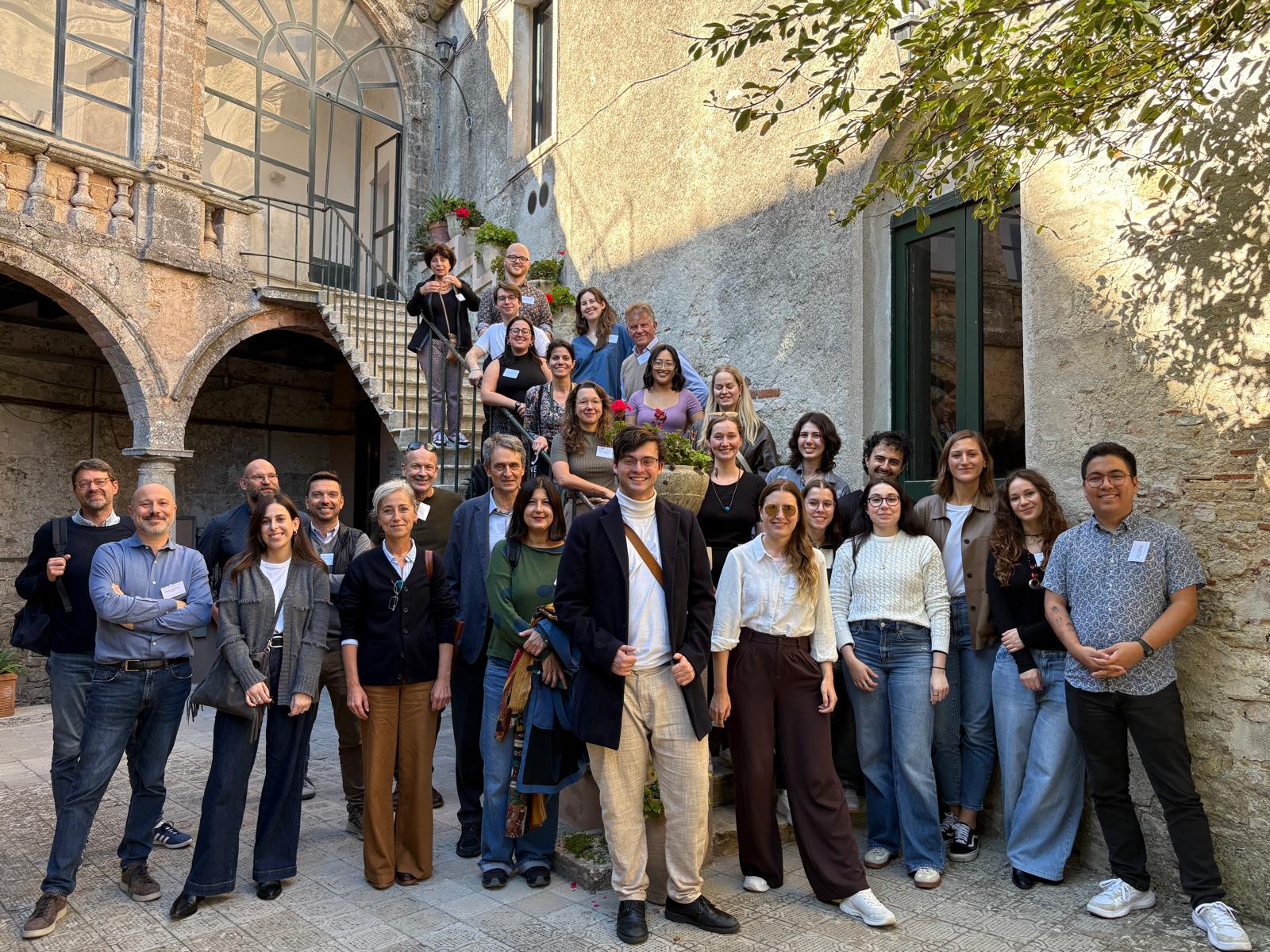
ORIGINS. Exploring Science Communication and Journalism
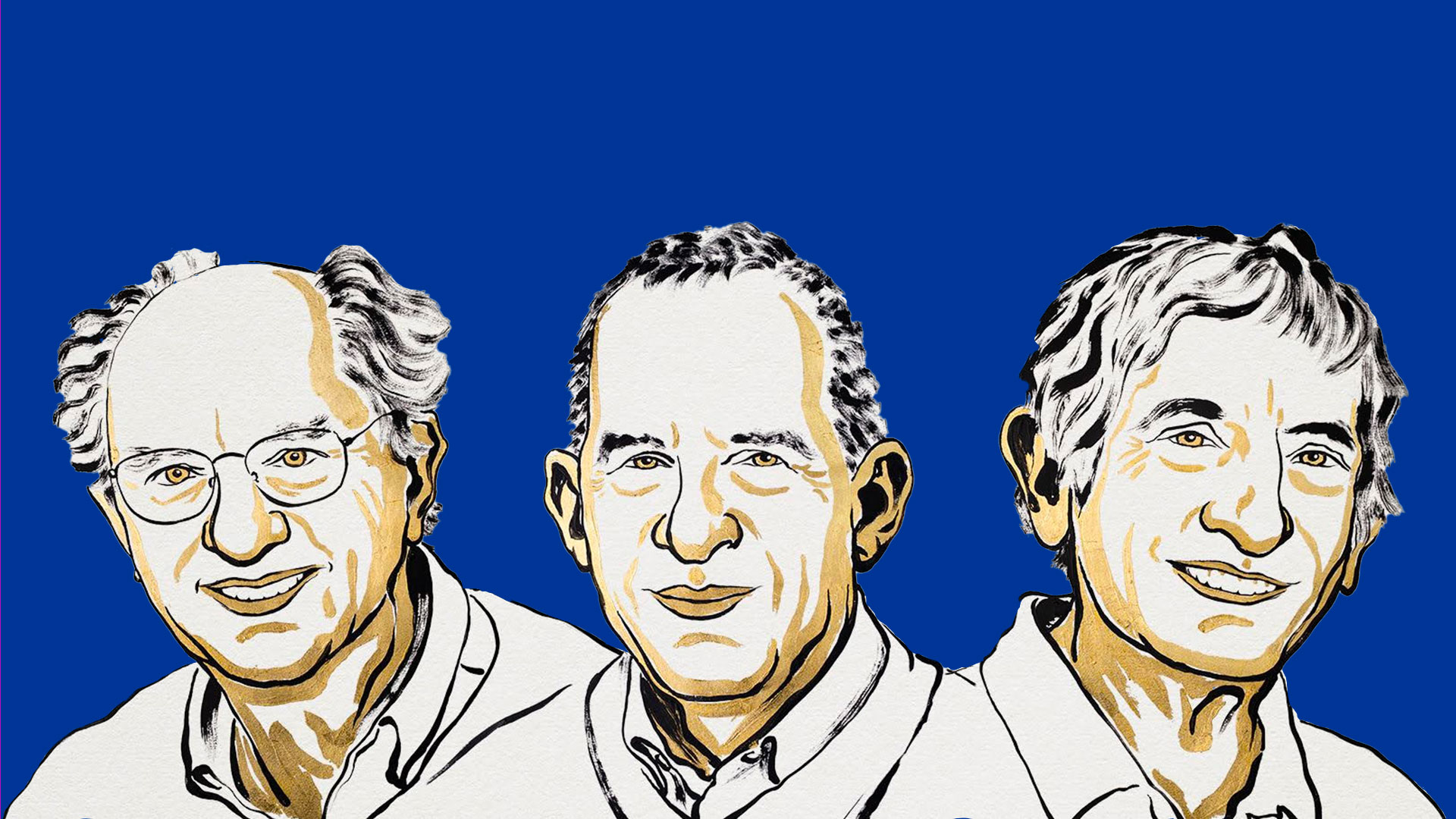
Nobel Prize in Physics 2025: congratulations to John Clarke, Michel H. Devoret and John M. Martinis
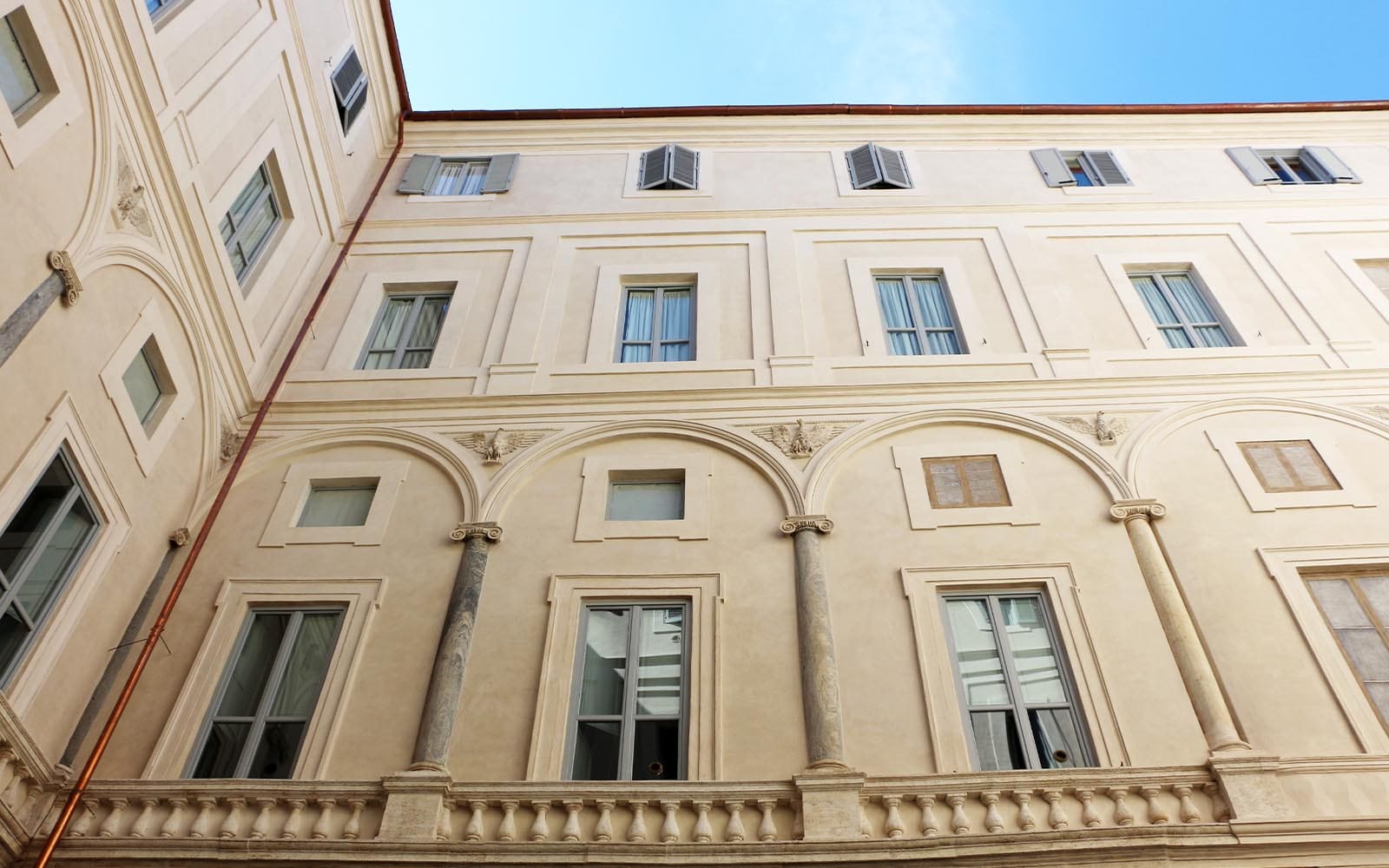
INFN statement in support of peace in Gaza and commitment to scientific diplomacy
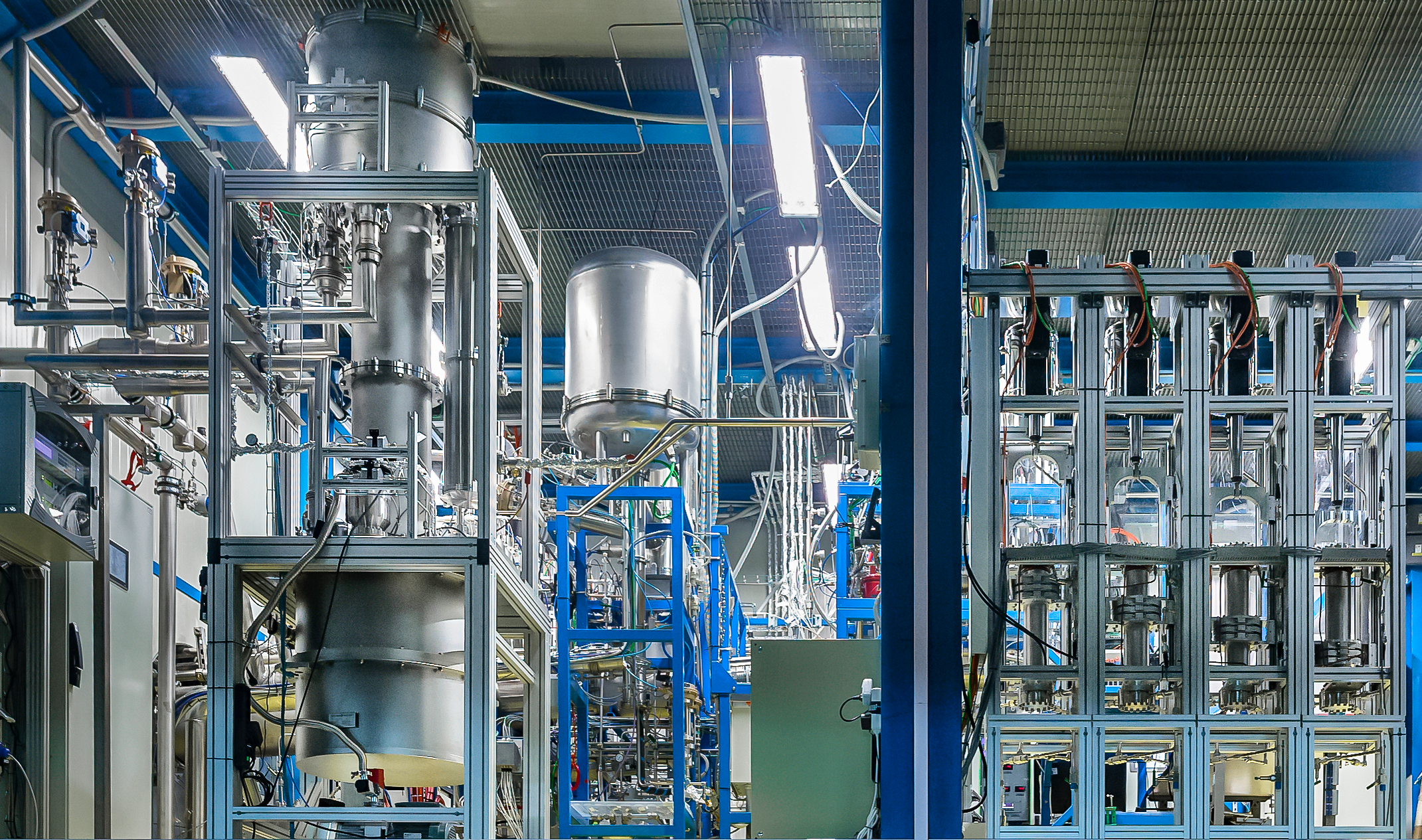
XENONnT: record levels of purity achieved in the search for dark matter
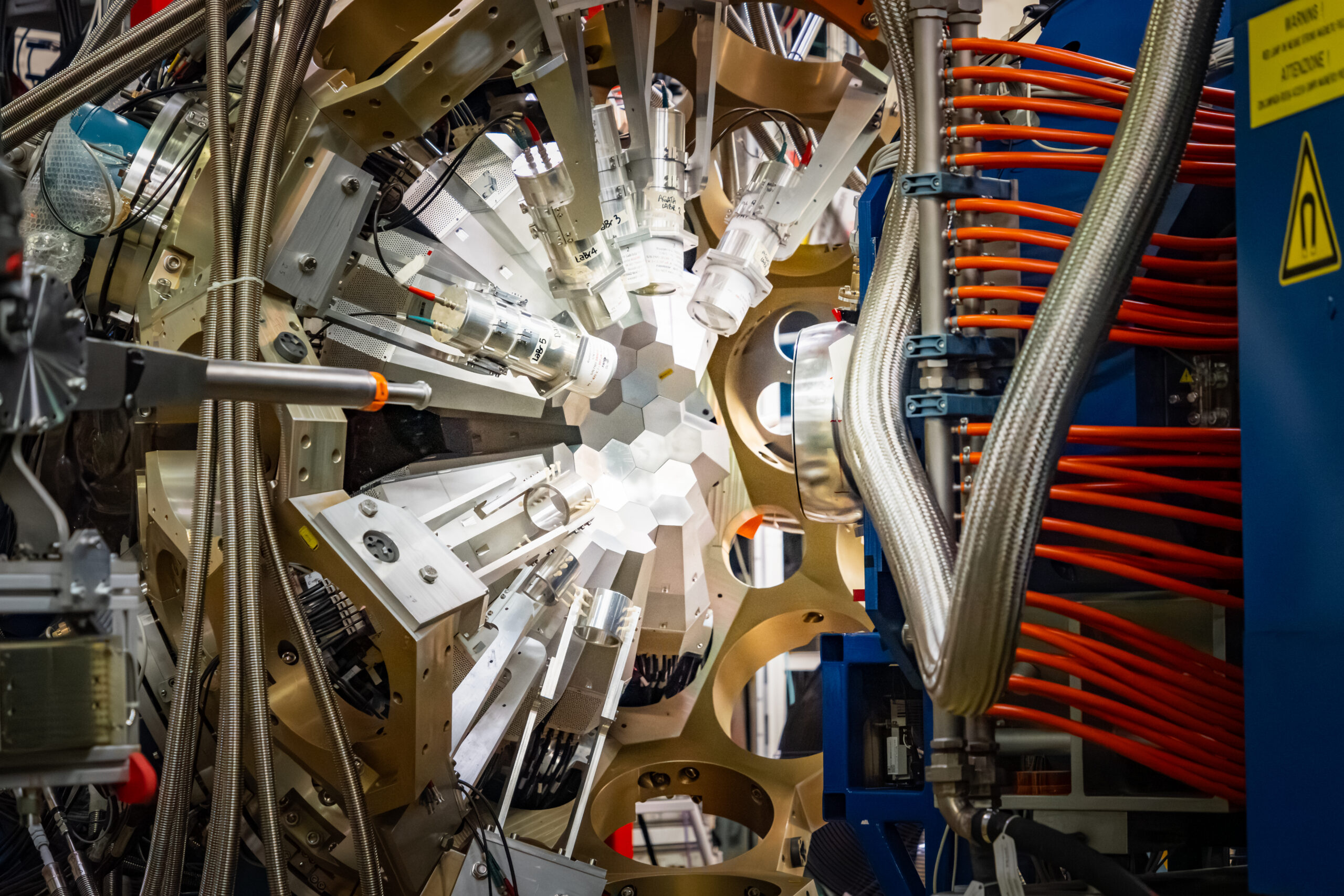
Physics Photowalk 2025: the ten pictures on the Italian podium
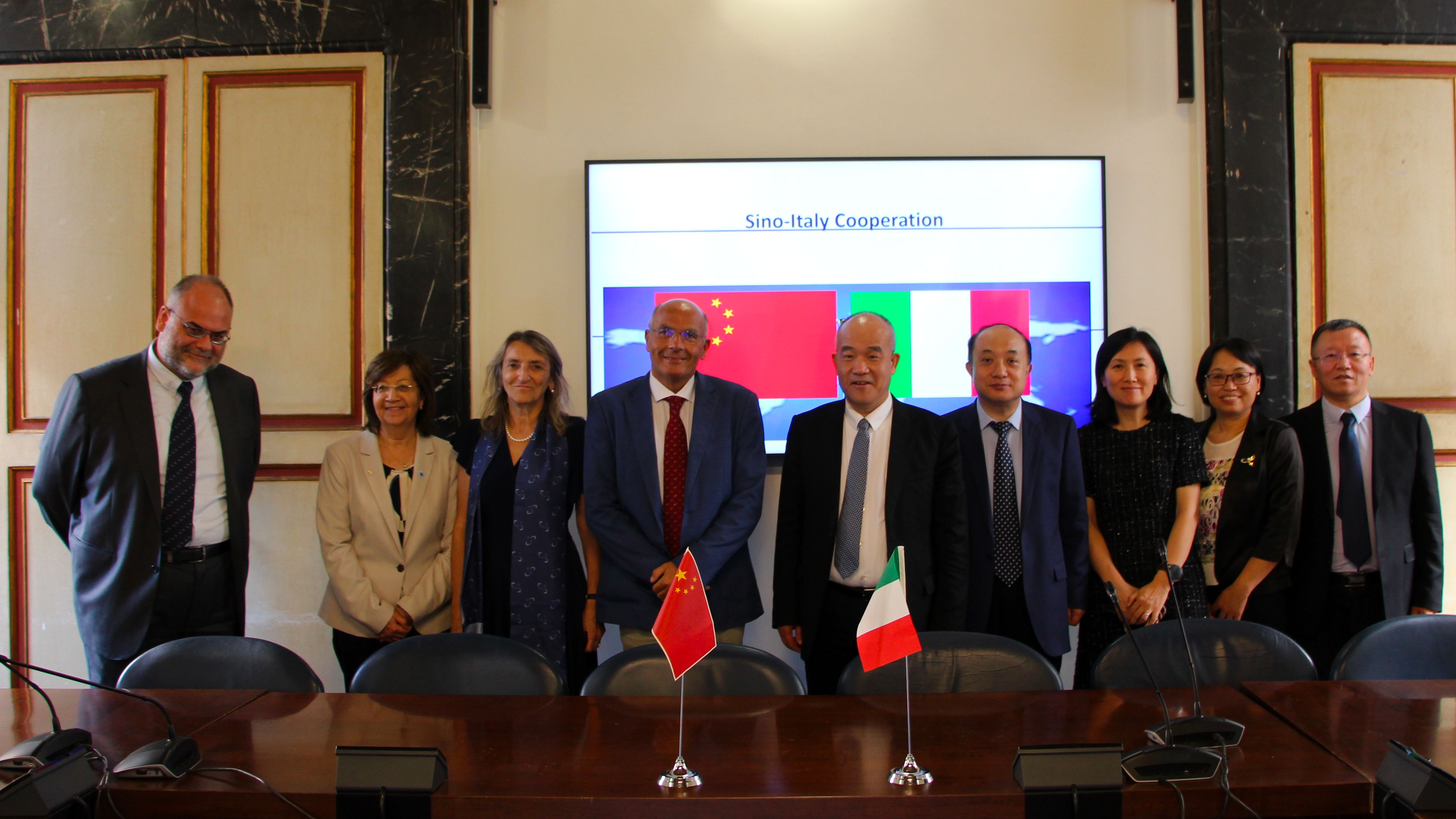
Italy-China: important bilateral meeting between NSFC and INFN
26 September 2025
Read more Italy-China: important bilateral meeting between NSFC and INFN